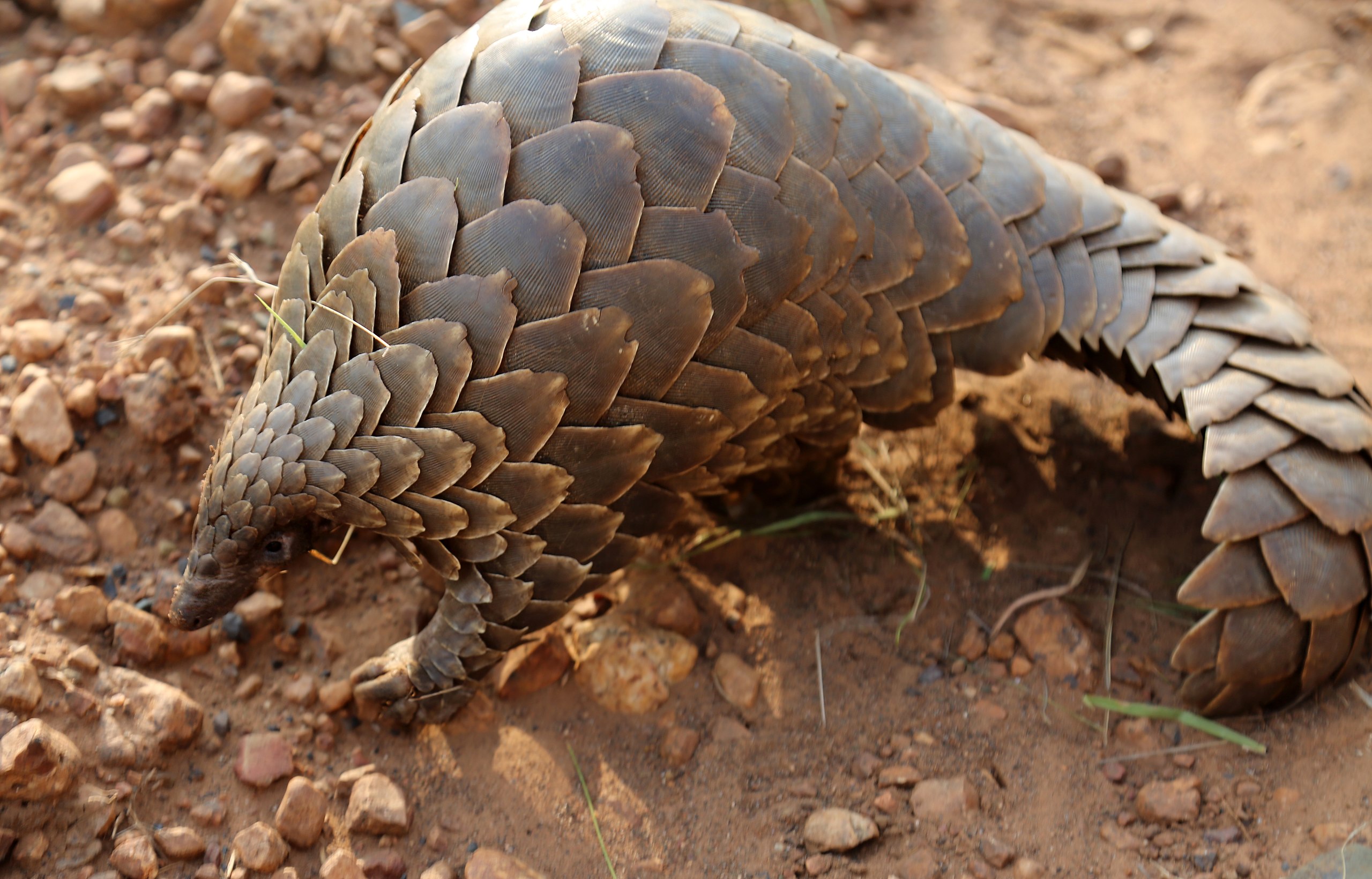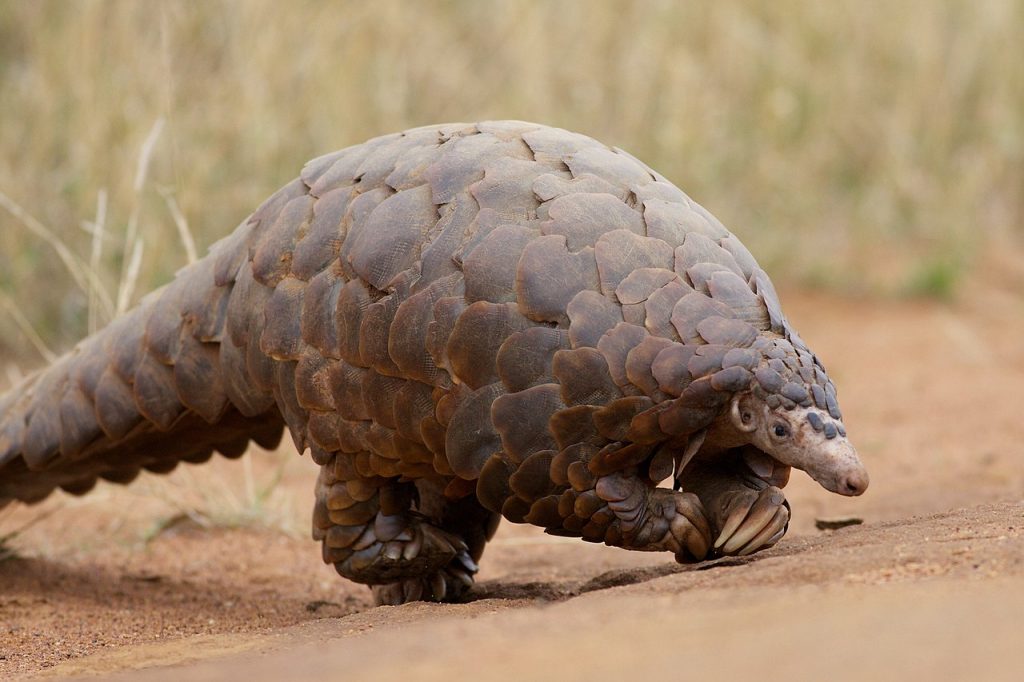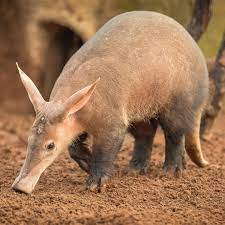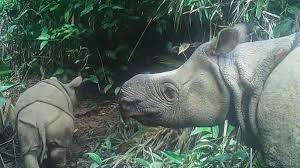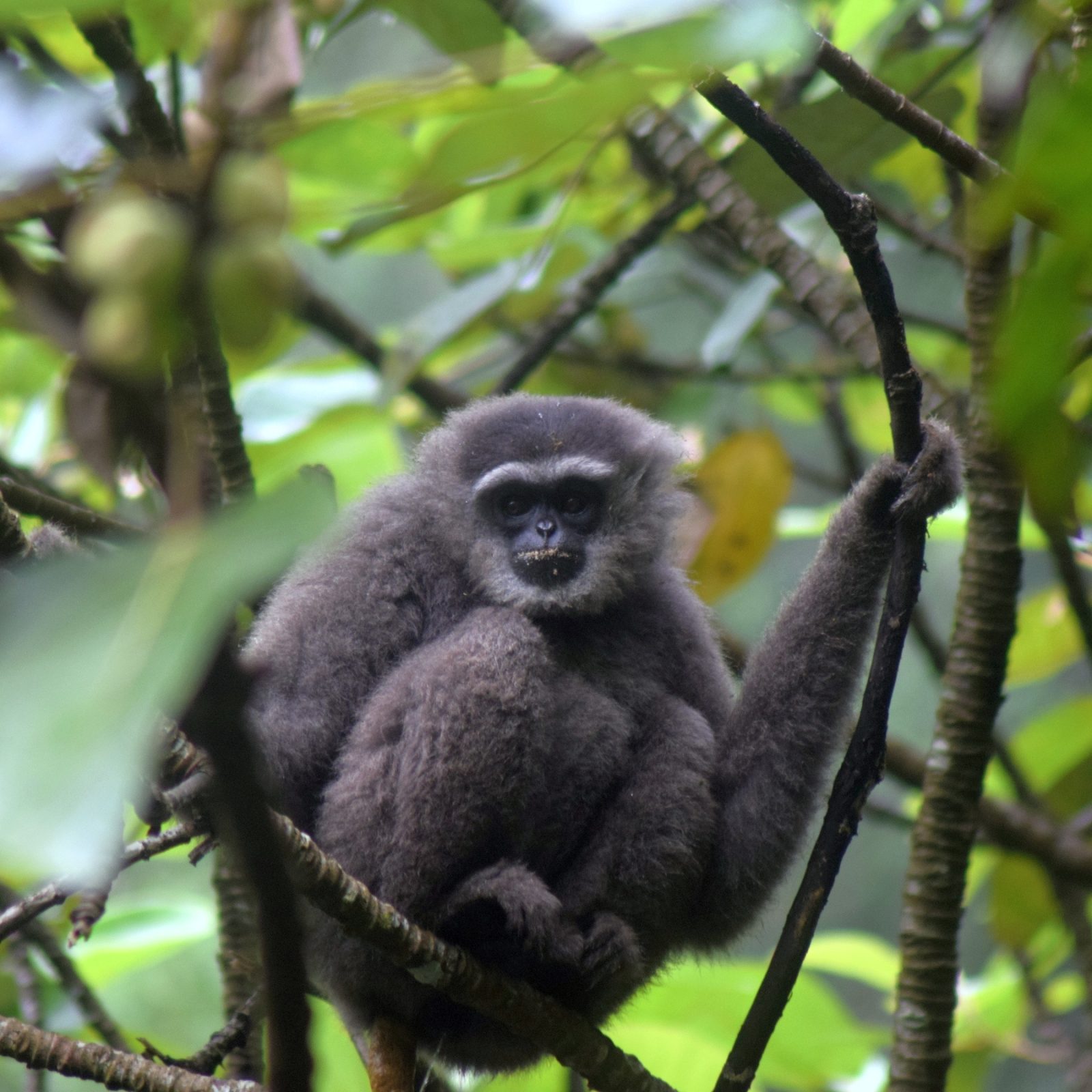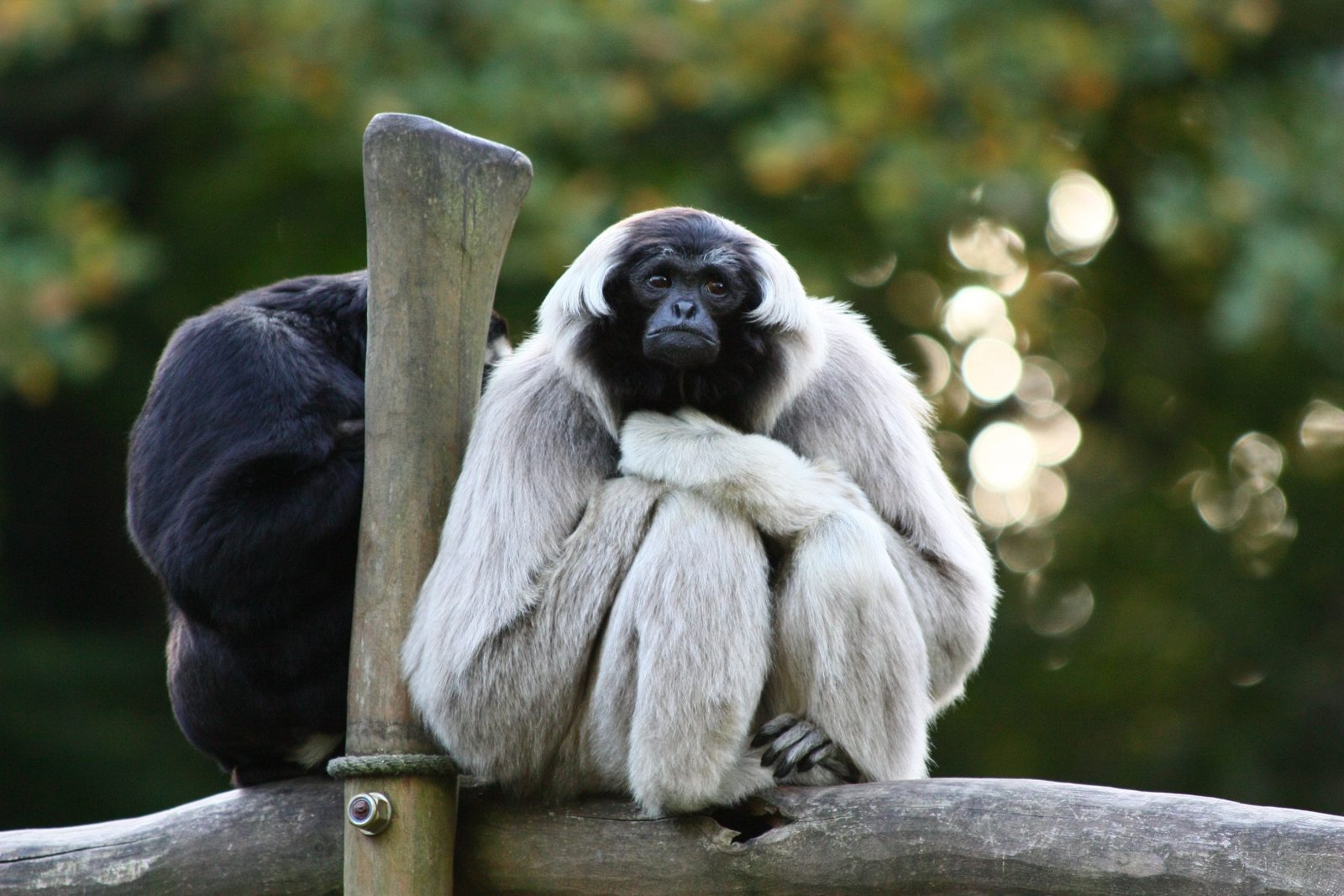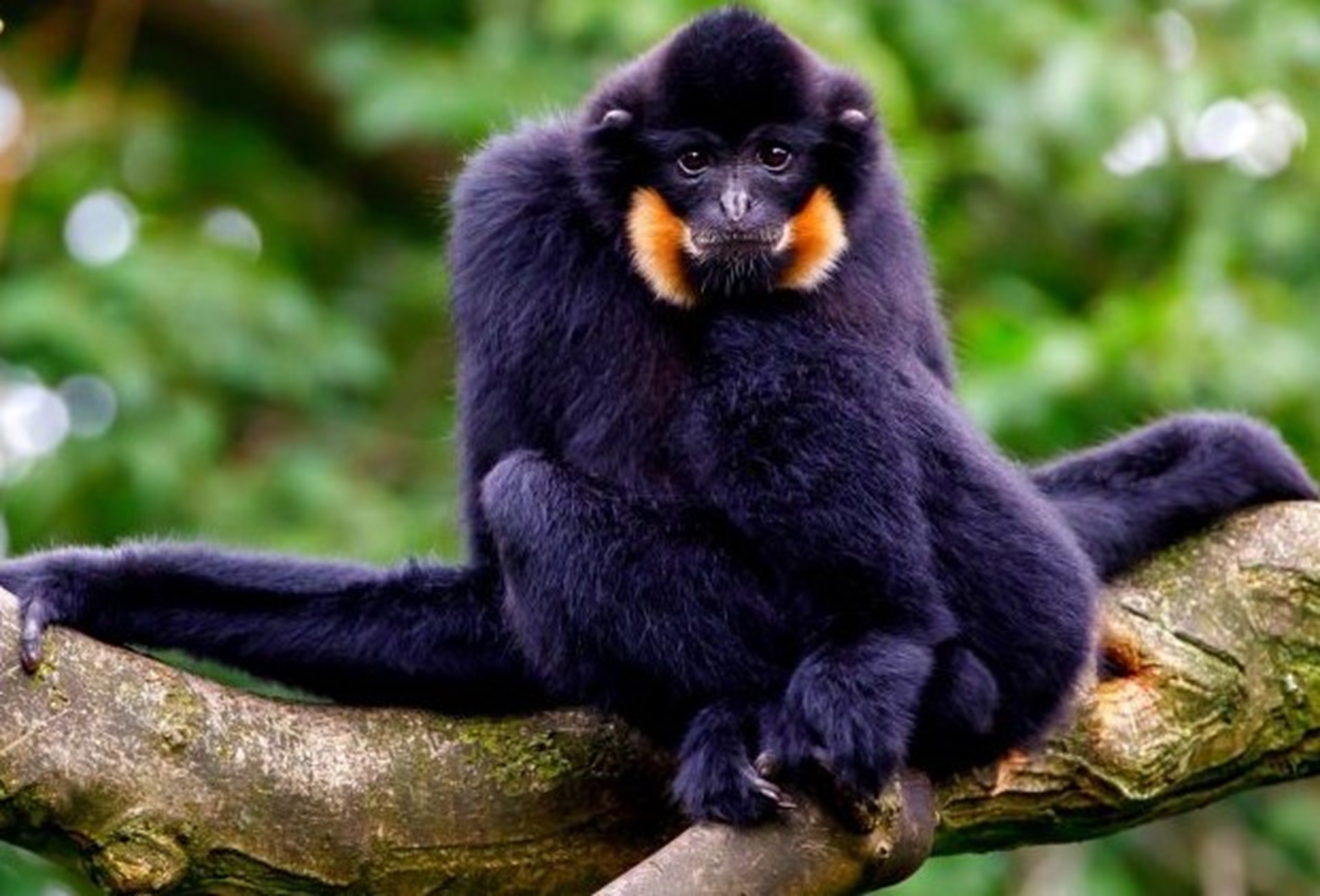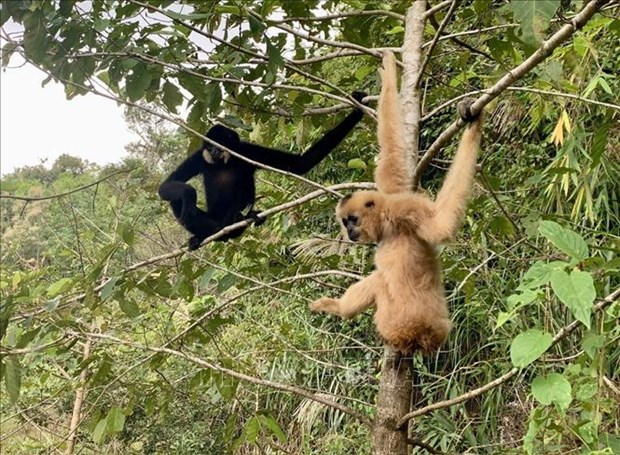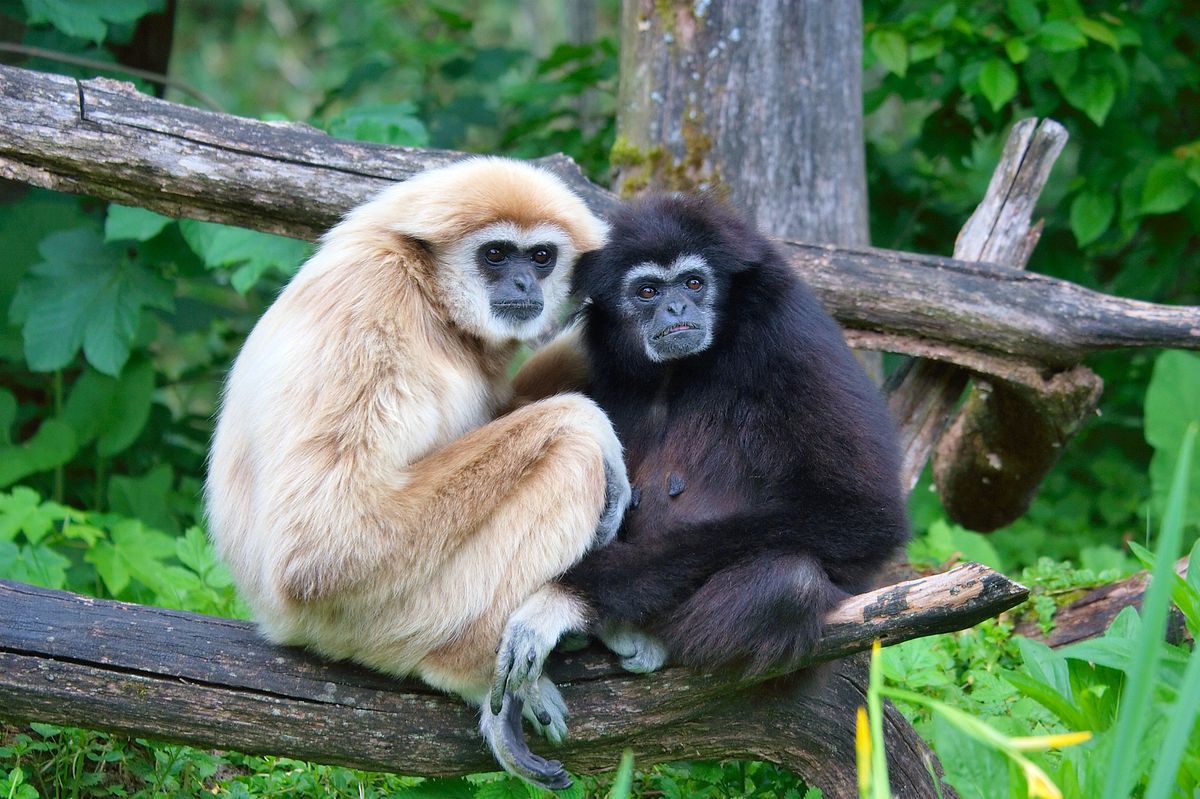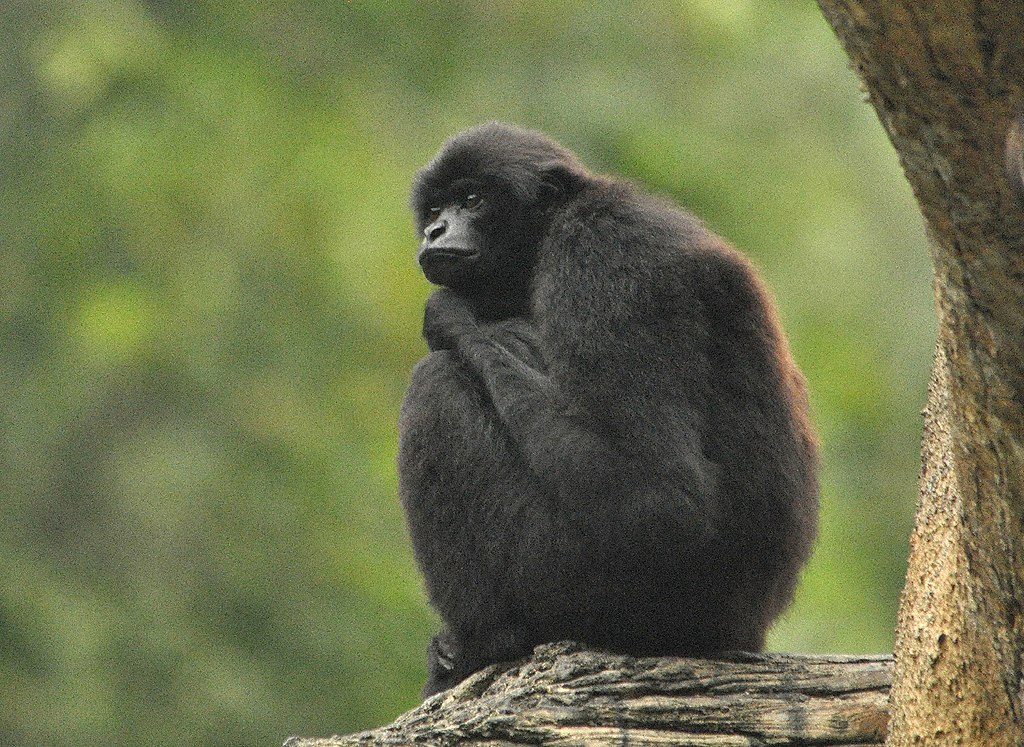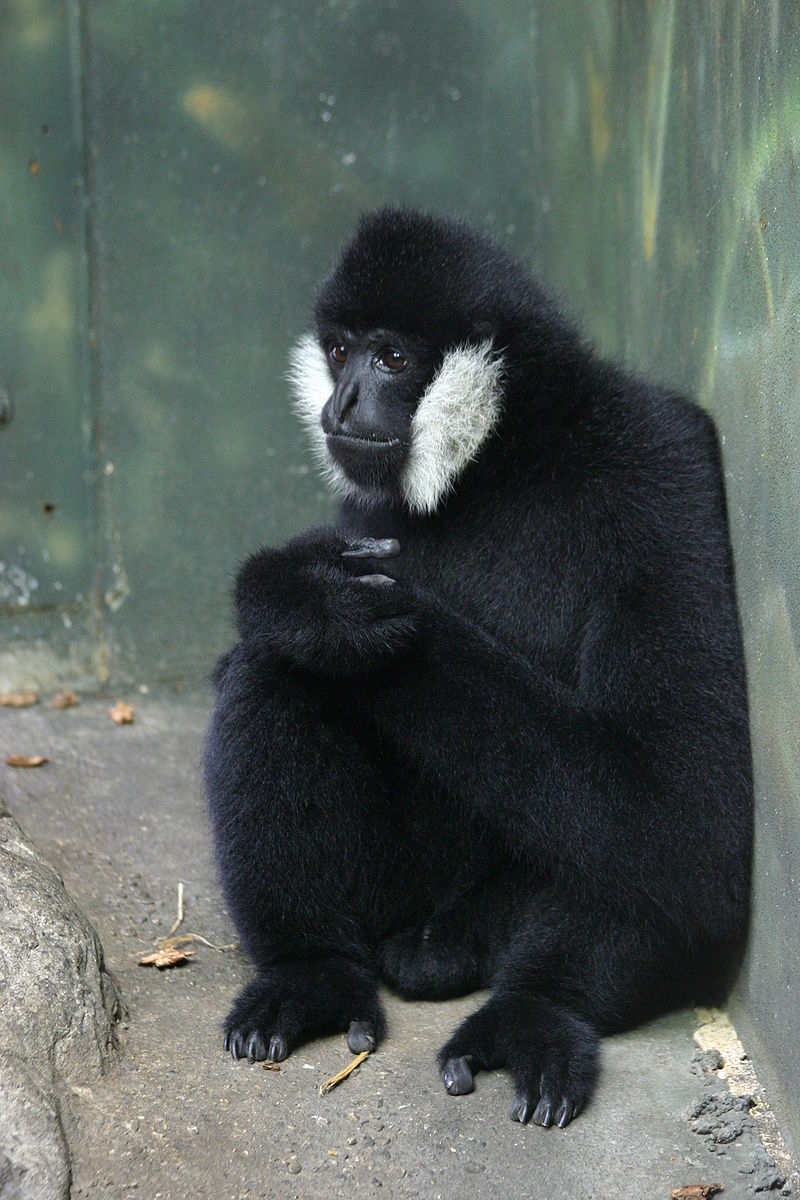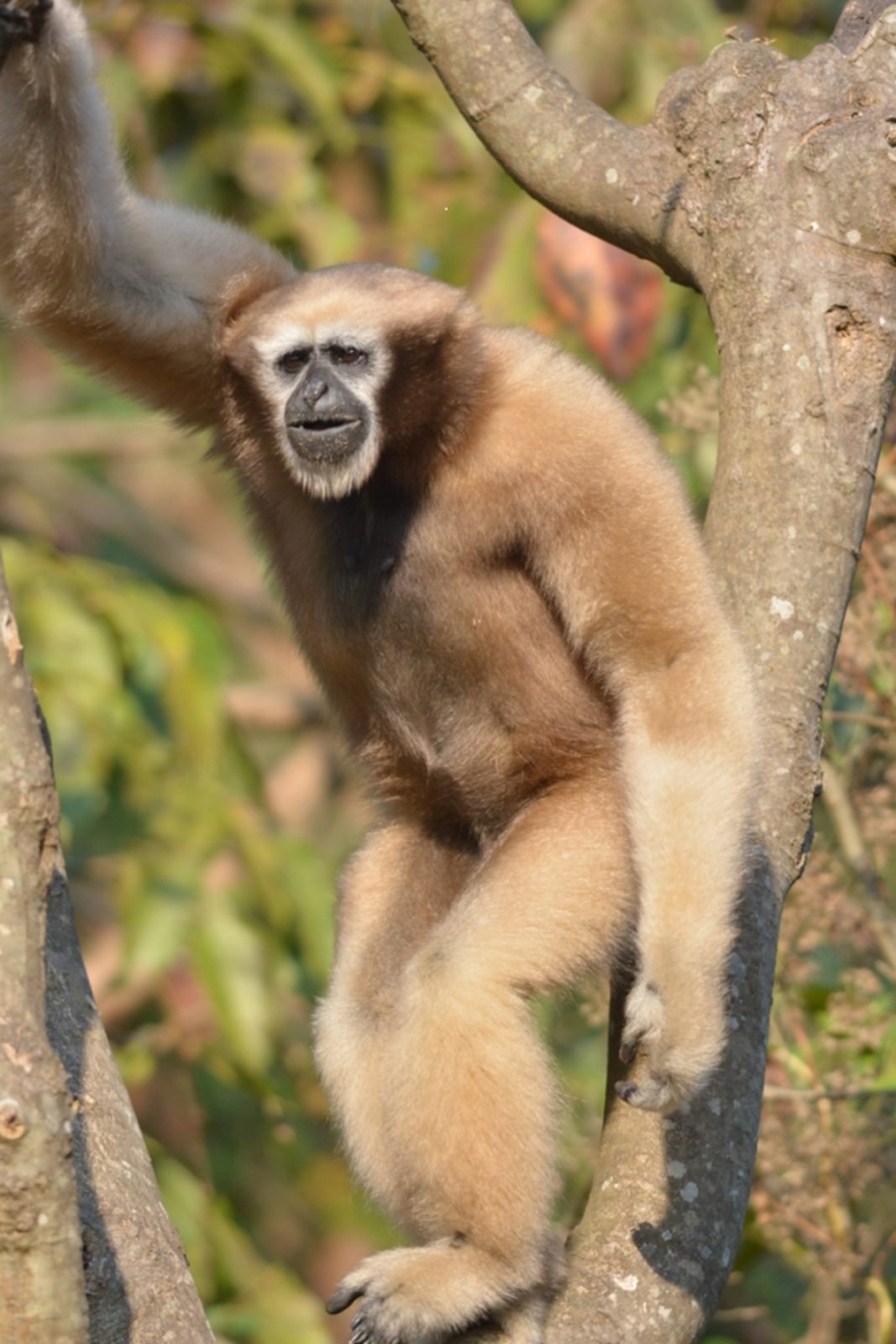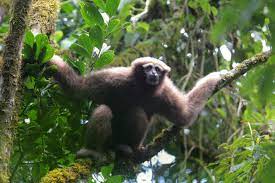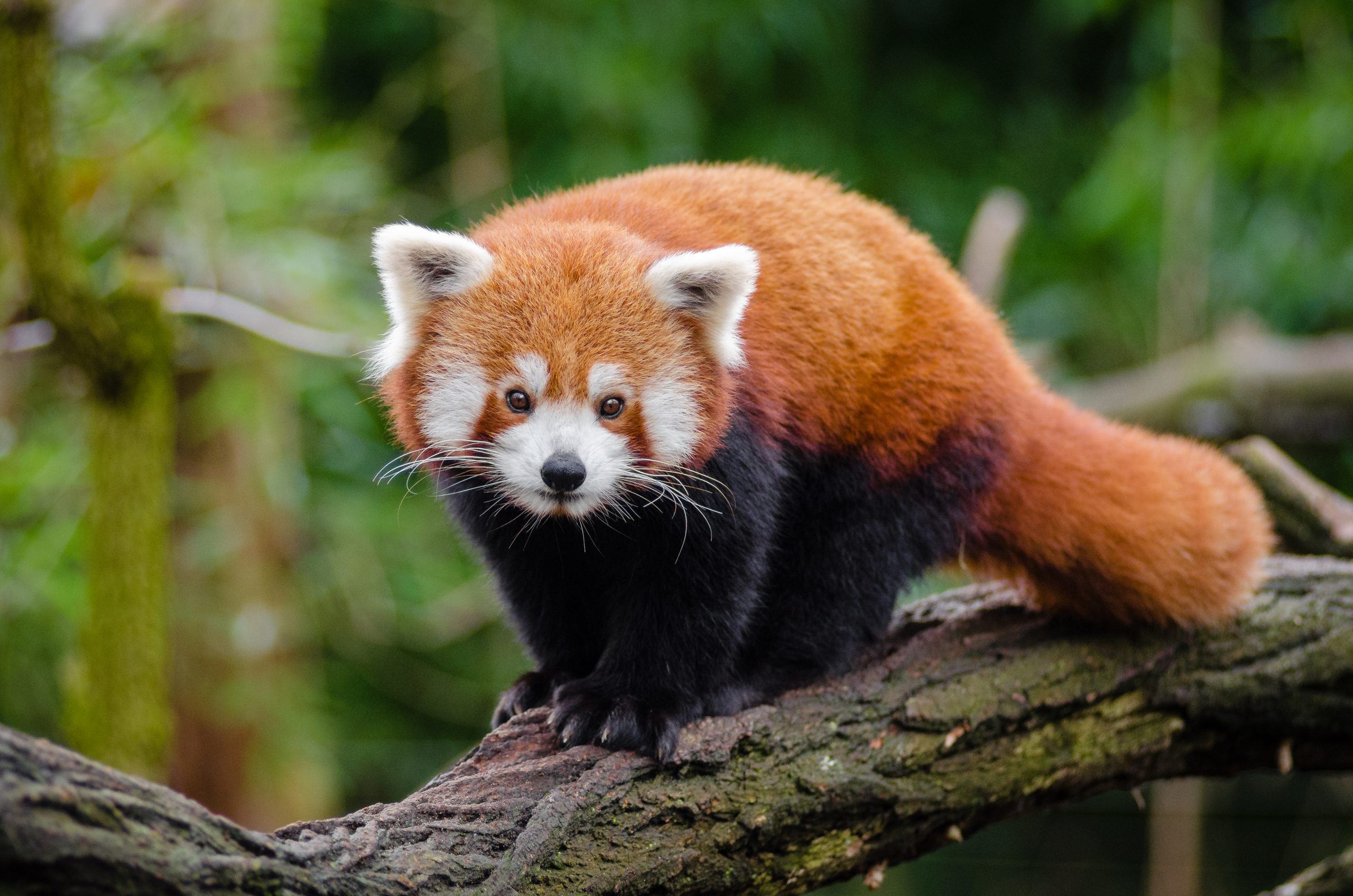
Red Panda
Recent genetic analysis has shown that the red panda is not in fact a small bear, but instead has a closer relationship to raccoons, mustelids (badgers otters and the like) and skunks. However, what is even more fascinating, is that the next closest related family is in fact the pinipeds (seals sealions and similar) and only after this, do we find the giant panda amongst the other bears.
What is fascinating, though, is that this is the original panda. The red panda was discovered and named in 1825, while the giant panda was only discovered in 1869. I cannot find any articles on it, but I suspect that the red panda was also long-known about in China before its discovery as well.
It is not closely related to the giant panda, which is a bear, though they do share a number of features such as elongated wrist bones or “false thumbs” used for grasping bamboo (so-called convergent evolution; where distantly related species evolve the same features, because it allows each to survive well in the wild – eating what they eat (or similar). The evolutionary lineage of the red panda (Ailuridae) goes back as far as 18-25 million years ago, and there are a variety of fossils in this lineage, found in Europe and North America.
So what has happened in recent times? They were known to be found in two different places, one of them lives in the Himalayas and the other in China. What has been discovered in recent times, is that these are not only subspecies, but separate species – and are thought to have split 250,000 years ago. However, while this is clearly true, it may well need to be forgotten – there are only 10,000 red pandas left in the wild as the top possible estimate, some suggest that there are actually only 2500 – we may have no choice in conserving both species, but have to interbreed them to help just one mixed group of red pandas, rather than loosing all red pandas from the wild. They live in coniferous forests as well as temperate broadleaf and mixed forests, favouring steep slopes with dense bamboo cover close to water sources. Most of its nutrients come from bamboo stems and leaves,
Support for these wild populations is essential. The best way to help justify their long term survival, is for local people to see them as a financial gift. This can happen quickly, with not that many people going there.
Below is a video for each, below that is a list of any articles which mention this fascinating creature, and below that, we will add any links that will help you see these animals in the wild.
Red Panda population has halved in the last 20 years, what is the future for the giant pandas little cousin?
- Tim
- April 14, 2023
Have you ever seen a red panda in the zoo? While the wild population has halved from 5000 to 2500. Yet at the same time the number in zoos has...
Red panda awareness day
- Tim
- September 17, 2022
Today is red panda awareness day. Many people are not particularly sure what a red panda is. Indeed, when I volunteered in a local zoo, I often found myself standing...
Pandas wild status has been upgraded to vulnerable from endangered
- Tim
- November 8, 2021
There are now roughly 1800 wild pandas and so their status has been moved to vulnerable!

Albino panda spotted in the wild
- Tim
- December 15, 2023
If anyone has been reading this blog for some time, you may remember me writing about an albino panda that was photographed in wulong nature...
As the huge panda reserve takes shape in SW China other species are benefitting
- Tim
- June 30, 2022
Over the last couple of years, snow leopards have been sighted in Pingwu county - Sichuan province. This confirms that the range of the snow leopard has expanded eastward as...
A recent study has shown there are really two species of giant panda
- Tim
- August 31, 2021
Pandas, like many other mountain species, are liable to get marooned on islands in the sky, and recent genetic analysis has shown that there are really two species of giant...
China’s plan for a huge panda reserve
- Tim
- June 23, 2018
The north of the country of Myanmar has been found to play host to a wide range of large mammals
- Tim
- February 6, 2022
We have watched with horror, the problems that Myanmar has suffered over the last few decades. Perhaps one of the positives though is the fact that often when this sort...
Environmental and political stories from the US in recent times
- Tim
- March 9, 2024
On this post, I will list a group of articles on North American politics and stories. It is unfortunately a fact, that, no matter what your position is on American...
Species watch
- Tim
- May 11, 2022
I am intending to make this into a new set of articles that will appear on this website. Obviously, these species will not be the only ones that are covered...

